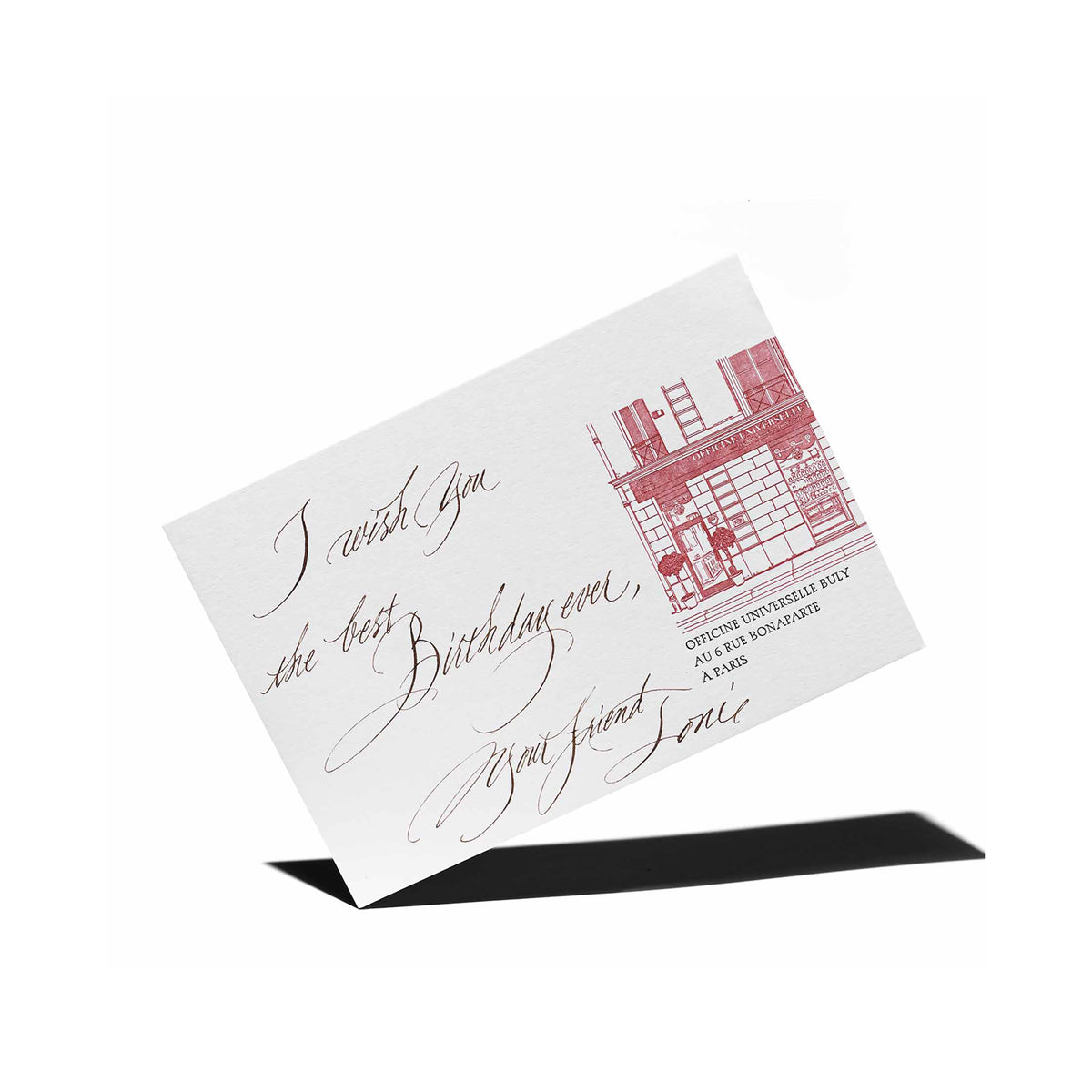Our story begins in 1957. Plastic (from the Greek plastikós, to mould) has just entered the popular lexicon, yet it is already upending the creative industries and tantalizing the intelligentsia. André Courrèges turns it into Go-go boots, Verner Panton into armchairs, Jean-Louis Chanéac into architectures. Roland Barthes, seduced by the polymorphism of plastic and its democratic implications, dares call it the “magic material”: “Despite its many names, all fit for so many Greek shepherds, plastic is in essence an alchemical substance. […] At the one end the raw, telluric material; at the other the perfect, human object; and between those two extremes, nothing – nothing but a transit, barely monitored by a cap-wearing employee, half-god, half-robot.” (in Mythologies)
In one fell swoop, plastic toppled the hierarchy of materials: some started dreaming of an all-PVC world, a sort of utopia fit for a Space Opera, in which everyone would live in the same ovoid houses, with the same portholes for windows – a miniature version of Antti Lovag’s Bubble Palace, so to speak. This frenzy radiated outward from the creative industries to daily life: as early as 1963, when the first plastic bottle was patented in France, drinking from a glass bottle became ever so passé. So did packaging your day cream in a glass vial. Plastic is so beloved it is ingested: certain phthalates, such as DEHP, dibutyl and diethyl, are included in the composition of perfumes and cosmetics. Plastic micro-beads have become the secret weapon of exfoliating treatments.
But utopia soon turned to dystopia. Chanéac’s ideal city soon turned into a “trash vortex” when, in 1997, American skipper Charles J. Moore discovered a tentacular expanse of plastic detritus floating just under the surface of the North Pacific. Though recyclable and usable for energy production, today in France 36% of all plastics are simply tossed out. As for those exfoliating microbeads – which are much too fine to be filtered –, they end up in the oceans, where they are ingested by living organisms. Similarly popular with the cosmetics industry, phthalates wreak havoc on fertility rates and disrupt pregnancies.
Though it was mankind’s creation, plastic now threatens its equilibrium. The plastic boot is on the other foot now, as the world is showered in more than 300 million tons of polymers a year, or 10,000 kilograms a second: toothbrushes, shampoo bottles, skin care tubes and jars… The share of the cosmetics industry is gargantuan. The resurgence of bioplastics, made from renewable resources (such as corn, sweet potato or wheat) is proof that beauty doesn’t require PVC, opening up new horizons. Yet nowadays, a number of cosmetologists favor natural-based materials for their packaging, since the migration potential of plastics, including bioplastics, remains undeniable: after being in contact with polymers, our creams and oils will necessarily bear their imprint. As of January 1st, 2018, shower gels and scrubs containing plastic microbeads will be banned. Their substitute? Exfoliants made from walnut shells, apricot kernels and other natural ingredients imbued with age-old virtues. Sixty years after Barthes and his mythology of plastics, the ecologically responsible properties of ancestral recipes are being rediscovered. Nature, the ultimate alchemist, holds the only magic formula there ever was.










